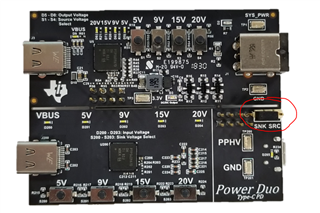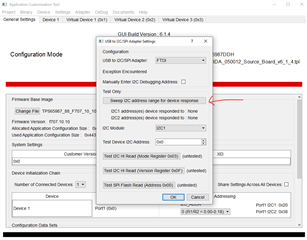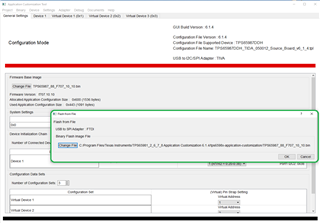Other Parts Discussed in Thread: TIDA-050012
I have problem to program USB-C-PD-DUO-EVM board( the SPI flash on TIDA-050012 was erased previously).
I was able to load project using Application Customization tool through the following step. New project --> TPS65987DDH--> TIDA-050012 Source board.
tried to program the flash using "Flash Project to Flash (SPI)". it showed device failed to verification.
Tried "Flash read" the binary file from another good USB-C-PD-DUO-EVM board. The binary file TIDA-050012 for was generated successfully. However, when use the binary file to program the erased TIDA-050012 board, it always show "SPI Flash to Device failed verification".
Please help.









